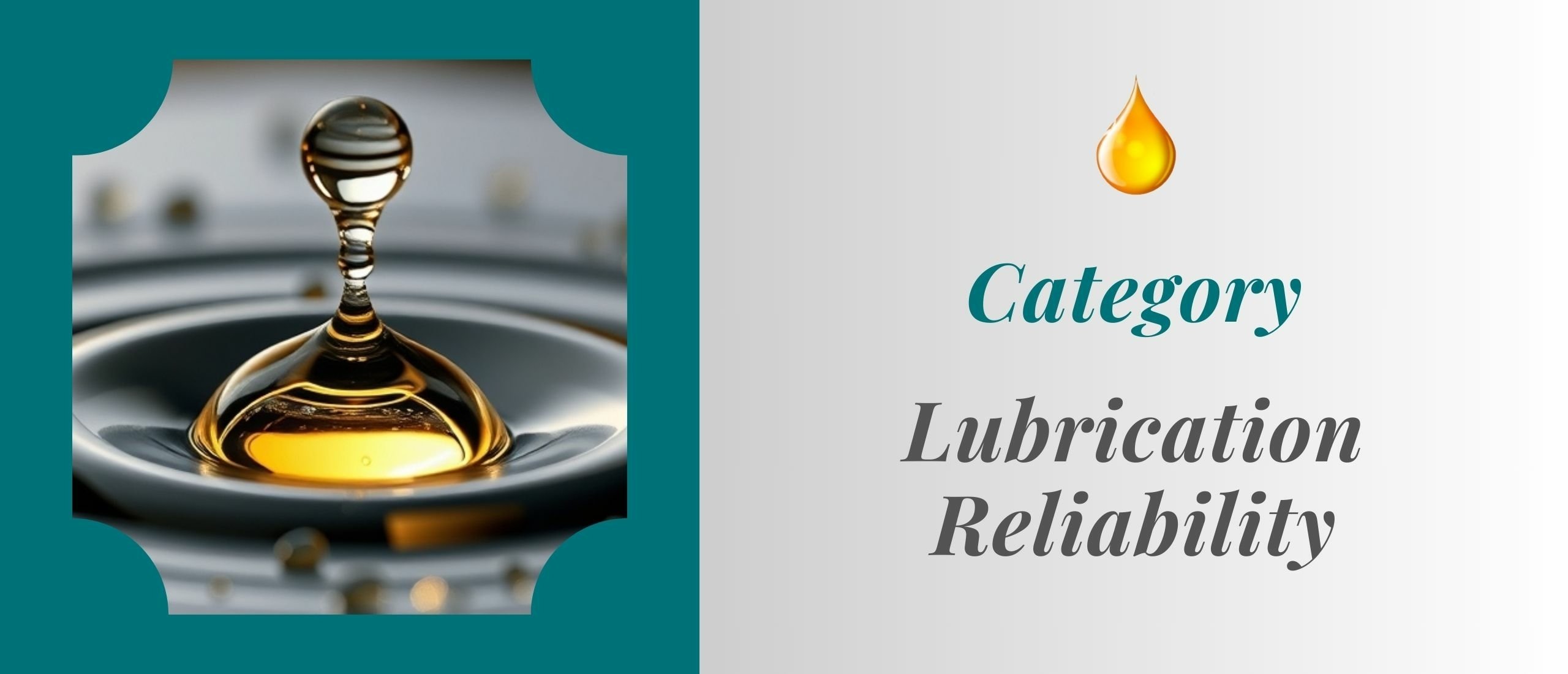
Step 4 - 10 Best Practices to prevent lubricant cross-contamination
Assigning specific equipment to each lubricant type is a key best practice for preventing cross-contamination. Here are 10 practical examples to help implement this on the shop floor:
1. Dedicated oil transfer containers:
Use separate, clearly labelled oil cans or transfer jugs for each lubricant type (e.g. “Hydraulic Oil 46” vs “Gear Oil 220”).
2. Colour-coded grease guns:
Assign a distinct colour and label to each grease gun corresponding to a specific grease grade, avoiding accidental misapplication.
3. Isolated filter carts:
Have individual filtration units (portable filter carts) for different oil types, especially when used for top-ups or conditioning.
4. Lubrication tags on pumps and hoses:
Attach durable tags or stickers with lubricant type, ISO grade, and date of last use on pumps, transfer hoses, and couplers.
5. Drum pumps by fluid type:
Equip each oil drum with its own pump—never use one pump across multiple lubricant types, even if flushed.
6. Segregated lube stations:
Design separate zones or cabinets for each lubricant category (e.g. one for food-grade lubricants, one for industrial oils).
7. Dedicated sampling tools:
Use individual syringes, sample valves or suction pumps for each lubricant during oil sampling to prevent trace contamination.
8. Single-use disposable funnels per lubricant type:
Avoid reusable funnels unless they're permanently dedicated to one oil or grease type and clearly marked.
9. Labeled catch pans and drain containers:
Use different containers for draining different systems, so drained fluids never get mixed or reused incorrectly.
10. Barcode or RFID tracking systems:
Digitally assign each tool or container to a lubricant using barcode or RFID labels linked to a central lubrication management system (e.g. SAP or CMMS).
